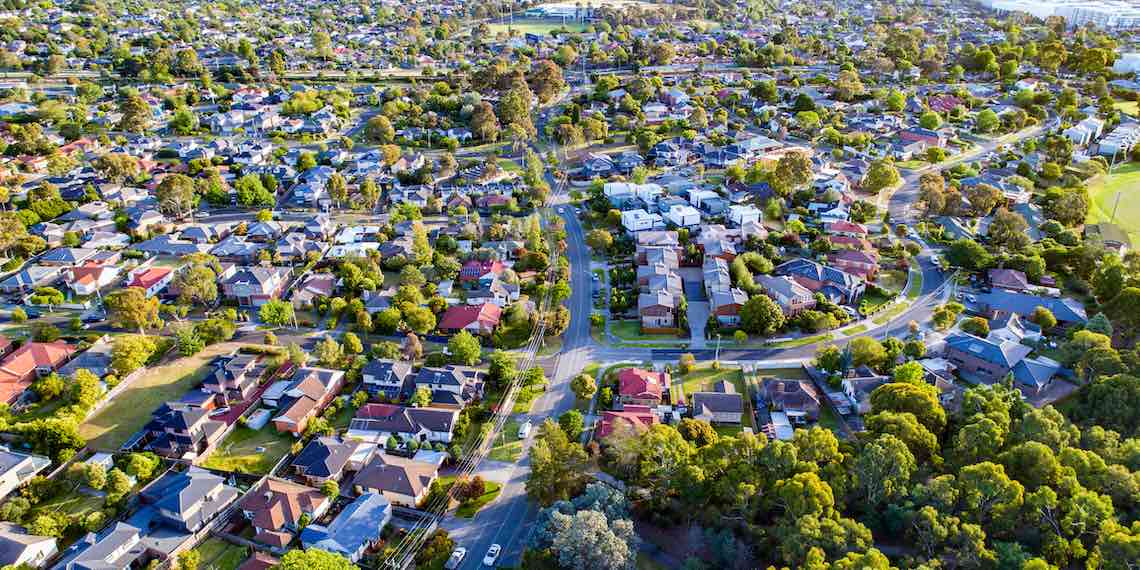Two become one, one year on: the GWW merger

There is never an easy time to merge two legacy utilities, but few things make it harder than pandemic lockdowns.
But as the first anniversary of the integration of City West Water and Western Water approaches, the resulting Greater Western Water (GWW) appears to have pulled it off.
It is a feat Managing Director Maree Lang puts down to a strong approach to governance and a keen focus on company culture.
The first year of servicing Melbourne’s west and outer towns has not been without its challenges, including the disruptive influence of COVID-19, but Lang said the team should be very proud of managing the transition as well as it has.
“Without a doubt, the formation and the integration of Greater Western Water has been an enormous task that's required great will, support and collaboration from all of our people,” she said.
“And just to add a bit of extra complexity to a major integration, we've achieved it all in the midst of a pandemic. We've done most of our work online, working from home, while continuing to deliver our essential services.
“The fact that we are in such good shape is something to be incredibly proud of, particularly in terms of ensuring all of our people and teams are kept safe.
“We have also gone through many significant changes across the organisation and at the same time, maintained focus on customer service. From the perspective of our customers, the integration process has been a seamless experience, which is testament to the excellent job performed by our teams.”
Transitioning together
Bringing two legacy organisations together is a big task, Lang said, and the organisation met the complexity of this challenge by maintaining a strong approach to governance, ensuring change-management support was in place.
“We took a very strong approach to governance across the integration. We had a joint transition committee with an independent chair, which was really important in setting the tone in how we were going to bring these two great organisations together,” she said.
“That was definitely part of the success. But we also brought representatives from the two organisations together before we integrated, to form an integration team.
“Our joint transition office [JTO] was composed of key people from across the two organisations who were tasked with doing the complex work of making the integration happen.”
Lang said the combination of working together closely for eight months prior to the integration, then transitioning the integration team into the organisation itself from day one, has been an important part of GWW’s launch structure.
“Our JTO became an important part of our structure going forward. There is still a significant program of work ahead of us, which our integration team continues to lead. We have given them the resources, time and change management support required to make sure the integration is successful,” she said.
“GWW has been very deliberate about organising horizons of work, with the integration team set to transition into the transformation team, who are tasked with carrying the momentum for change into other areas of the new organisation.
“Our people have shown the willingness to adapt but having the right support for change is paramount. We want to ensure we’re set up to continue to evolve and transform, and we'll do that from the learnings we've built through the last 18 months.”
Putting culture first
Lang said having a programmatic approach to governance has been crucial in managing the transition, but just as important is the new utility’s "culture first" approach.
“Governance is the nuts and bolts. But, for us, the key success from our integration has been our culture first approach,” she said.
“We've been overt about culture. We were really clear about Greater Western Water taking a very determined, culture-led approach to the integration and the formation of the new organisation.
“We didn’t start with a blank canvas. We took onboard the strengths from each of the legacy organisations. We developed an inaugural culture model, which involves three foundational pillars: we care deeply, we are resourceful, and we have pride and a strong commitment.”
Lang said these three pillars carried the new utility through integration, providing important reference points and holding the executive team accountable for the decisions made through the integration as well.
We've described who we are and with the launch of our new 2030 Strategy we are going to evolve and stretch our cultural ambitions further, but we’ll be ensuring all that we do remains true to our foundation cultural pillars,” she said.
“They're really important anchors for us. Caring deeply has been critical for us in terms of how we've responded and supported our customers and our communities during the pandemic,” she said.
“And we have had to be very resourceful. We’ve had to work within a challenging context with the integration and make great decisions about how we spend money and time. We are a really proud and committed bunch of people and articulating this has been a really important enabling element for us.”
Forward motion
In terms of first year achievements, Lang said GWW has a fantastic new brand and a lot of work has been achieved in reconciling systems from across the two legacy organisations, and soon, the utility will also be launching its 2030 Strategy, outlining future focuses.
“We've got a fabulous new brand that really speaks to who we are and who we aspire to be as an organisation. There's also been a huge amount of work from a process and systems perspective. We've now got one version of all our important internal systems,” she said.
“From an external perspective, we've made some really significant achievements over the first year of our operations. We’ve developed our first corporate plan, and we've delivered our first Greater Western Water community engagement framework too.
“And we're just about to launch our Greater Western Water purpose, vision, and strategy, which will take us to 2030. We are very excited about that.”
Lang said the strategy has been developed with GWWs’ teams and with a strong external focus.
“Our strategic vision for 2030 is ‘thriving people and Country’. We are focused on customers, community, and Country as our key outcomes. For us, it's all about delivering more value for our customers and enabling thriving communities, with a particular focus on our role in liveability and supporting greening outcomes in the west,” she said.
“We also have commitments around working towards net zero carbon and moving towards zero waste as well. We see these as a really important articulation for Greater Western Water.
“But also, healing and caring for Country. This includes our desire to support First Nations aspirations for Country and developing respectful relationships and partnerships to support those aspirations.
“We will continue to build on existing relationships to achieve the strategy and look for ways to support aspirations to be enabled for Traditional Owners.
“We are in a unique position in that we serve all of the five language groups of the Kulin Nation across Melbourne and the west. It’s a great privilege; it’s five relationships for us to continue to build upon and nurture.”

